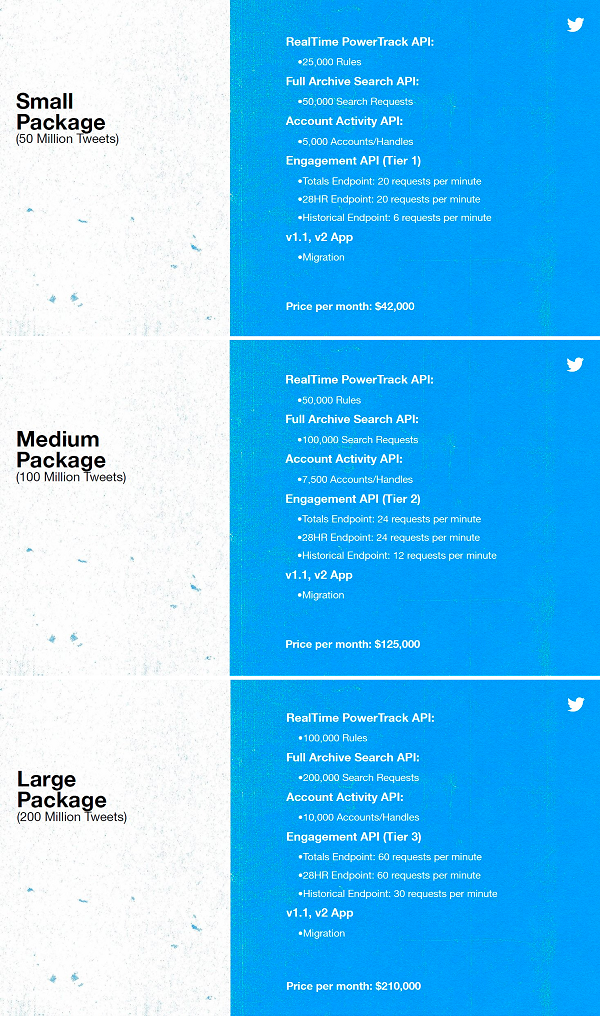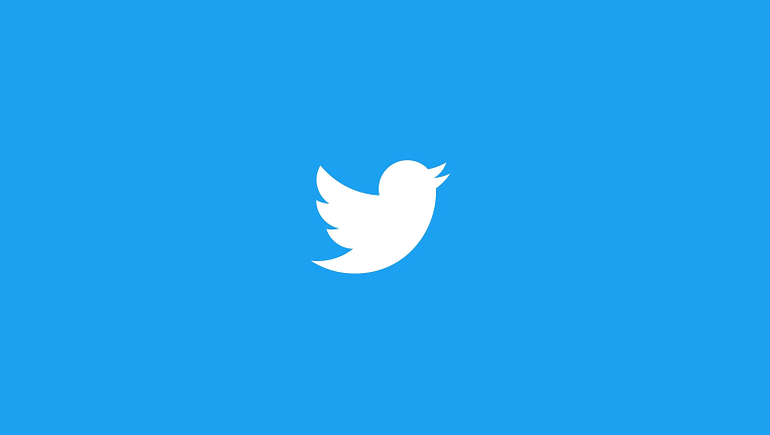A range of third-party Twitter apps could soon go dark, and many research studies based on tweets shelved, due to a big increase in costs for access to Twitter’s API.
The Twitter API is what enables developers and researchers to access tweets at scale, enabling third-party analytics, analysis of tweet content, etc. Up till now, Twitter has offered basic access to the Twitter API for free, but last month, Twitter announced that it would be cutting off its free access tier, as a means to combat developers that have been using the free API for ill intent.
Yeah, free API is being abused badly right now by bot scammers & opinion manipulators. There’s no verification process or cost, so easy to spin up 100k bots to do bad things.
Just ~$100/month for API access with ID verification will clean things up greatly.
— Elon Musk (@elonmusk) February 2, 2023
As Musk notes, Twitter has now implemented a basic plan, which enables significantly limited access, but this week, we also got a look at the new Twitter API access costs, which are much higher than they have been in the past.

As you can see in these documents, shared by Wired (and journalist Chris Stokel-Walker), Twitter is now communicating to developers that they will need to pay a minimum of $42,000 per month to access the ‘Small’ API access package.
For comparison, under Twitter’s previous API pricing, the highest tier was $2,899 per month for its ‘Premium’ plan.
As per Wired:
“The cheapest, Small Package, gives access to 50 million tweets for $42,000 a month. Higher tiers give researchers or businesses access to larger volumes of tweets – 100 million and 200 million tweets respectively – and cost $125,000 and $210,000 a month. WIRED confirmed the figures with other existing free API users, who have received emails saying that the new pricing plans will take effect within months.”
The price hike will cut off many API users, which as noted, will eliminate many third party Twitter apps and tools that have built their business based on the previous API charges. Many developers raised concerns when the initial API changes were announced, and various apps – including Tweetbot and Twitterrific – have already shut down due to the new API rules.
Others now look set to follow, and while some are exploring how they may be able to stay in business in the wake of these changes, many have already concluded that $42k per month is too much to bear.
It’s the latest in Twitter 2.0’s radical business reformation plan, which has seen new chief Elon Musk cutting costs wherever he can to get the business back on the right track.
According to Musk, Twitter was losing $4 million per day when he took over at the app, which is what led to his initial decision to cut staff by 70%, in an effort to bring down costs. Musk and Co have since shut down one of Twitter’s data centers, as well as various international offices, as they work to get the app back in the black, and on a path to business sustainability.
But Musk’s reinvention of the app has also spooked many advertisers, with Musk recently sharing that Twitter’s ad revenue is down 50% year-over-year. Around 70 of Twitter’s top 100 advertisers have reportedly not resumed spending in the app, due to Musk’s push to dilute Twitter’s previous rules around acceptable speech, which has also seen Musk reinstate over 60,000 accounts that had previously been banned from the app.
As such, even with these massive cost cuts, Twitter is still at risk of being cost-negative. Elon says that Twitter may be able to be revenue positive by the end of the year, but it’s not there yet, and it still may not make it.
Which is why Musk and Co. are still seeking more revenue opportunities, and with Twitter bringing in over $500 million per year from data and licensing, Musk and Co. obviously see this as another opportunity to squeeze some additional money from the Twitter stone.
The question now is will this increase actually drive more revenue, or will it price too many out of the market, while also lessening Twitter’s importance in regards to the broader developer and researcher ecosystem?
The updated pricing will also likely undo Twitter’s previous efforts to better ingratiate itself with the developer community, after years of working to limit access.
It’s a difficult balance, and while there is some logic to pushing for as much revenue as possible, from anywhere it can, Twitter continues to run the risk of losing out through its aggressive reformation push.
But in some ways, it has little choice – and maybe, if enough people sign up, the same as Twitter Blue, Twitter can come out on top.
But it’s a big ‘if’, and it could just as easily go the other way, in every respect.



